There’s something that makes cold weather and comfort foods go together. Ditto for days we feel blue. Americans have their go-to comfort foods, and so do other countries. Here are ten comfort foods from different cultures.
10. Italy: Risotto Milanese
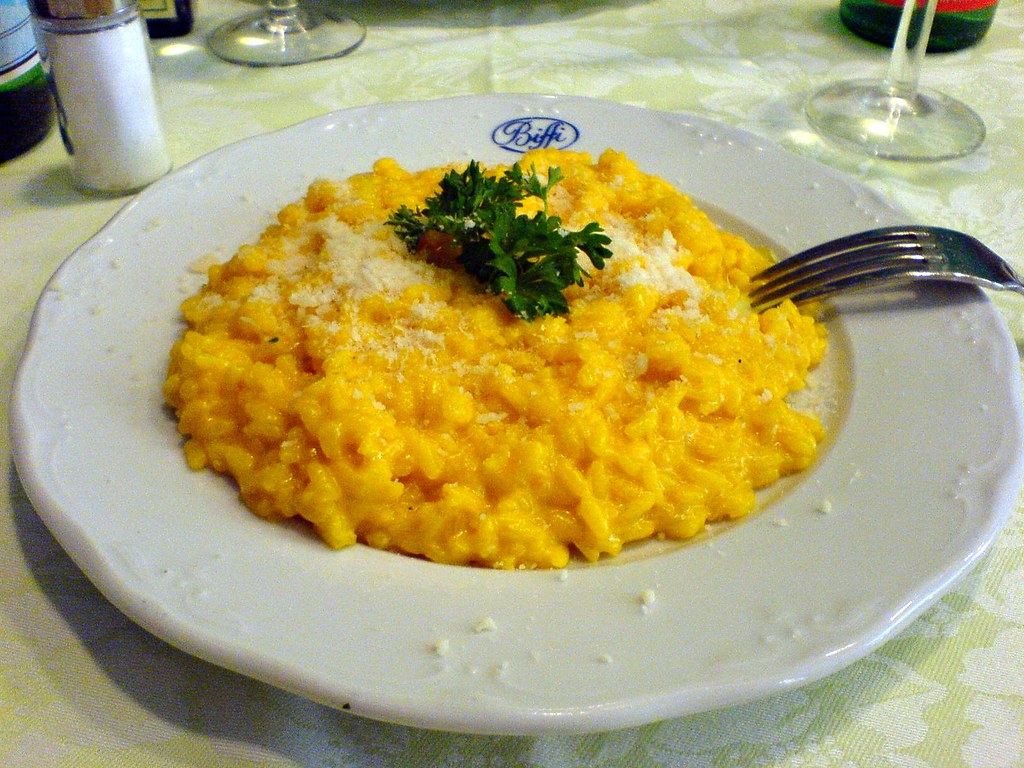
Risotto alla Milanese (Saffron Risotto) is a classic Italian dish that is said to have originated in the Lombardi region of northern Italy in the mid-1800s. Its signature yellow color comes from saffron, and it typically contains Arborio rice, chicken stock, shallots, onion, butter, parsley, Parmigiano-Reggiano cheese, and white wine. Some recipes substitute beef broth, Carnaroli rice, or red wine.
9. Japan: Hot Pot (Nabe)
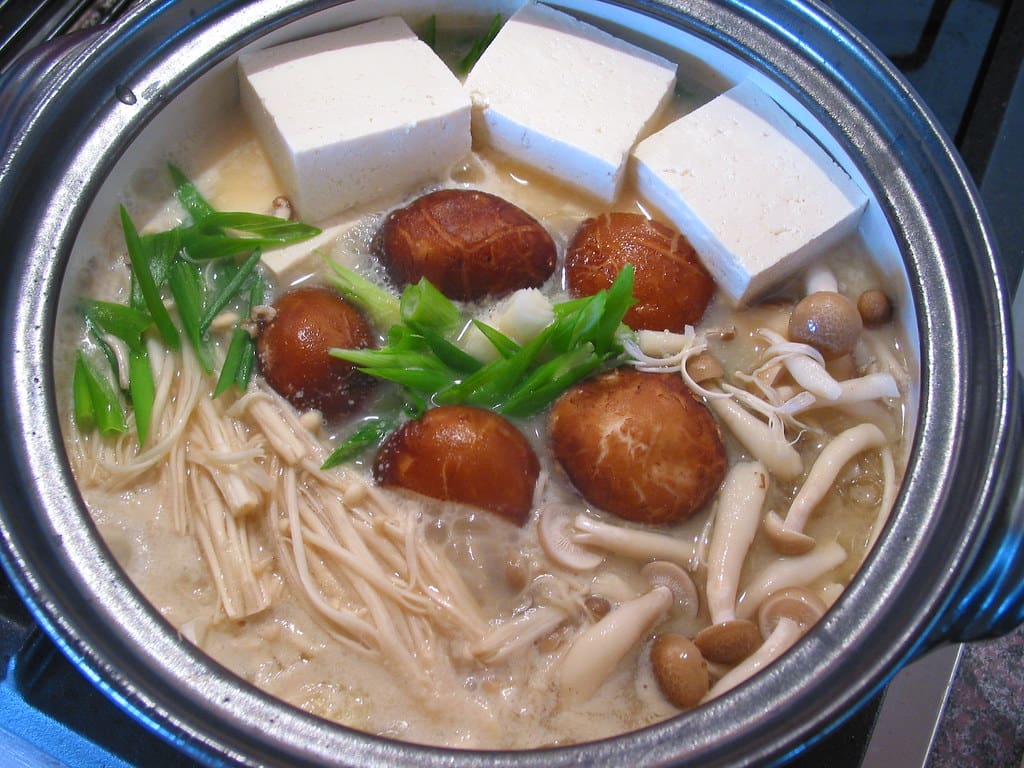
Nabe, short for nabemono, describes any Hot Pot dish. One of the most popular is Yosenabe, a freestyle adding whatever ingredients you wish, such as seafood, chicken, tofu, and various vegetables in a dashi-based broth. Shabu-shabu is another popular dish with meat (beef or pork) and vegetables cooked in dashi and served with a variety of dipping sauces.
8. India: Butter Chicken (Murgh Makhani)
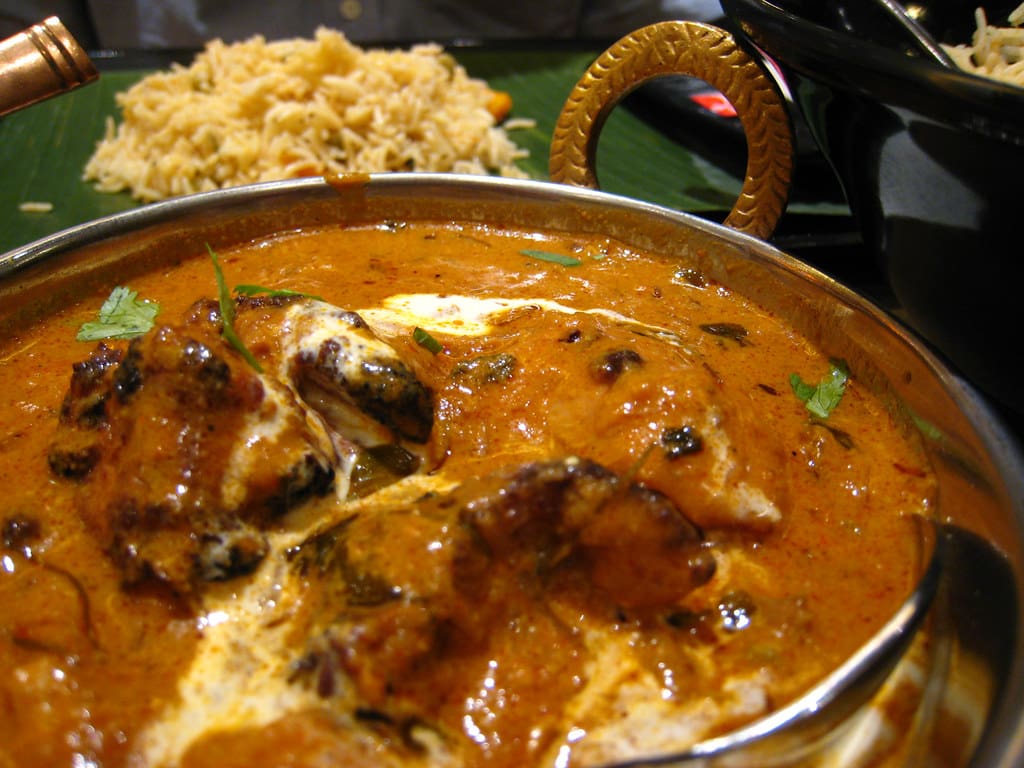
Butter Chicken, traditionally known as murgh makhani, originated in Delhi. This curry dish is made from chicken with a spiced tomato and butter sauce. The sauce has a rich texture. The chicken is marinated overnight in thick Hung curd (strained yogurt), spices, and herbs. Then grilled. Next, it’s simmered in the creamy tomato curry. It’s spicy, hot, and includes onions.
7. France: Cassoulet
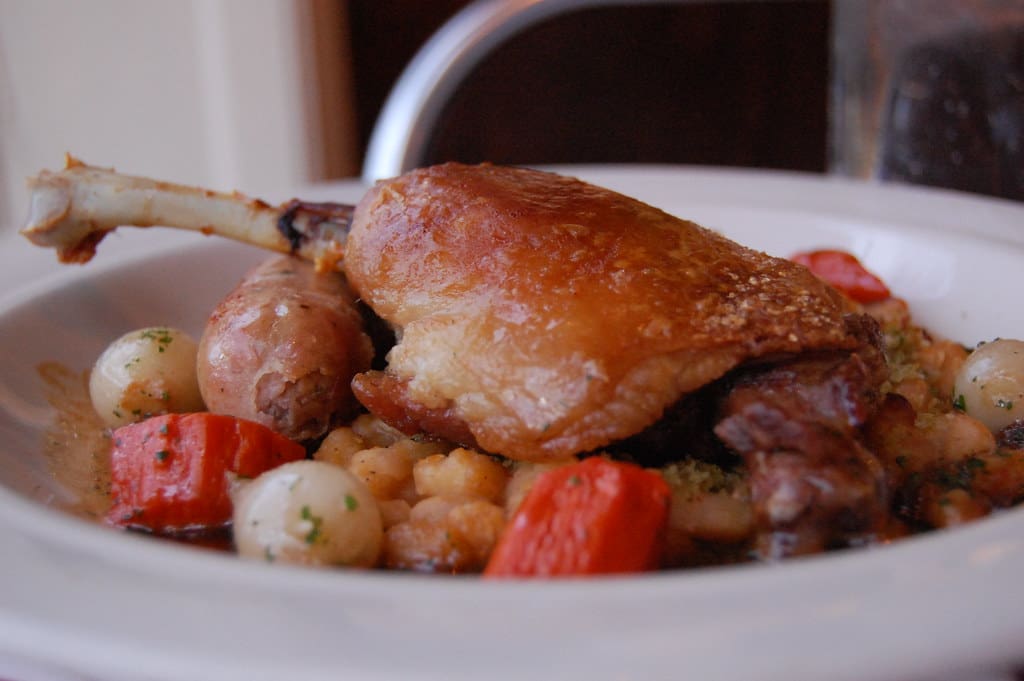
Cassoulet is a traditional meaty, slow-cooked stew from southern France. It blends pork, mutton, sausage, and preserved goose (some prefer partridge) with haricot beans, garlic, and herbs. The beans are cooked until they form a dark brown crust on top, which can be difficult to pull off without a proper cassoulet pot (a Dutch oven falls short).
6. Morocco: Harira Soup
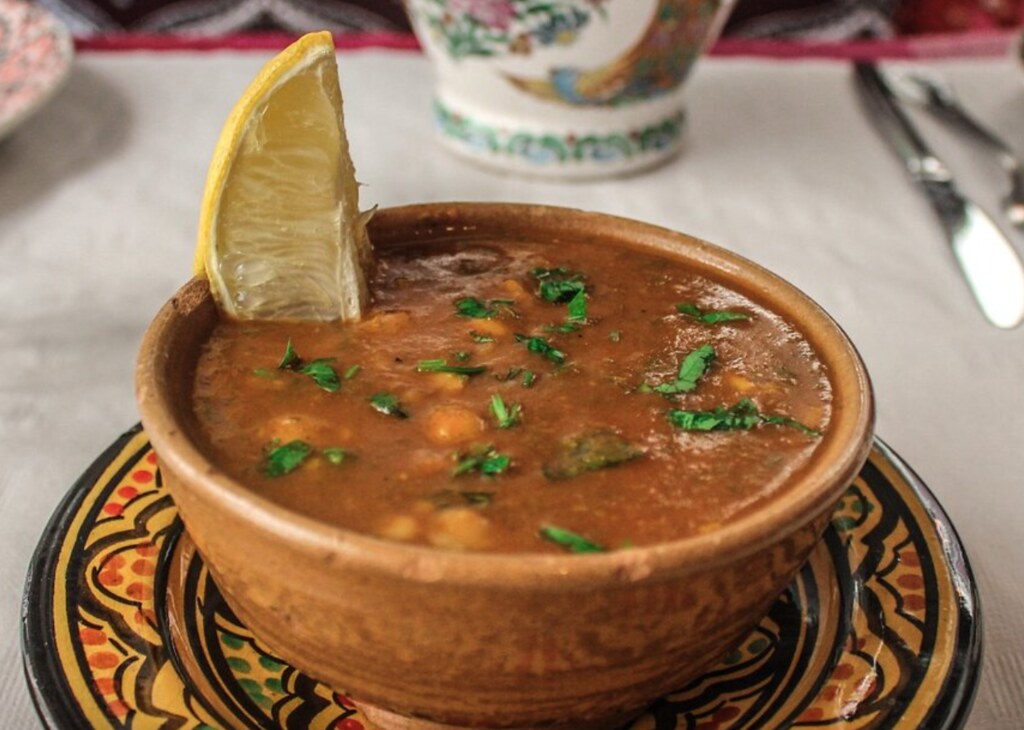
This traditional North African soup is popular in Morocco and Algeria and originated in Al Andalus. They differ in that the Moroccan harira does not contain lentils. The main ingredients are chickpeas, onions, rice, tomatoes, flour, and olive oil. It may contain three kinds of meat: Beef, lamb or chicken. Harira’s warming qualities come from turmeric, cumin, and cinnamon.
5. South Korea: Kimchi Stew (Kimchi Jjigae)
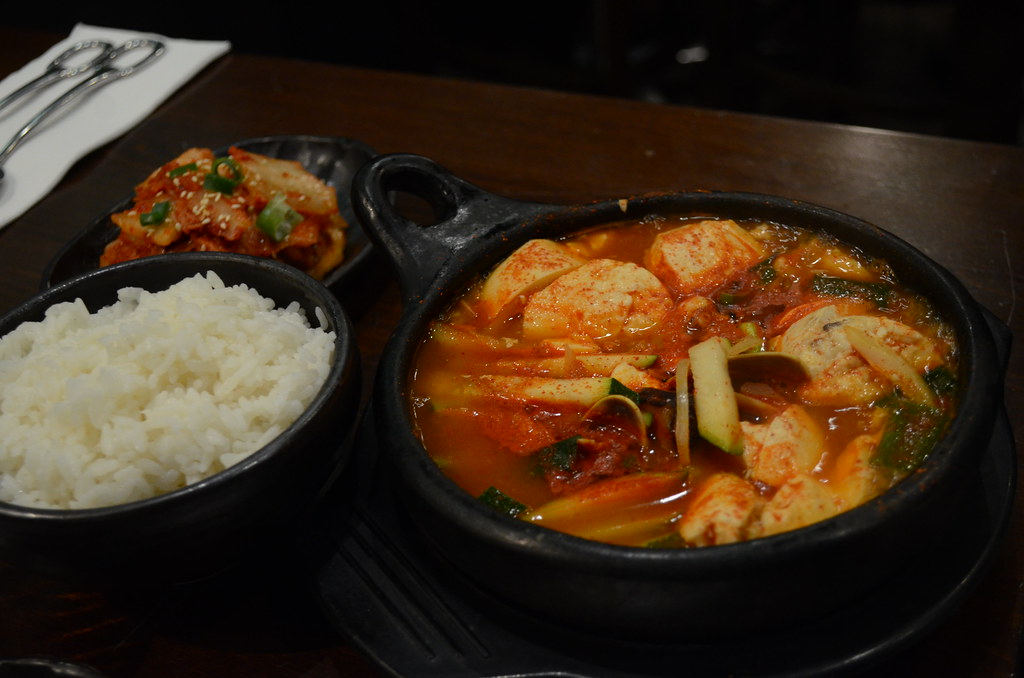
Kimchi Stew is a jjigae or stew-like Korean dish. The main ingredient is kimchi, a Korean pickled cabbage, which is rich in probiotics. The stew also contains pork, onions, scallions, and diced tofu. Some recipes also contain hot peppers. The stew is thicker than kimchi soup, making it a warmer winter comfort meal.
4. Mexico: Pozole
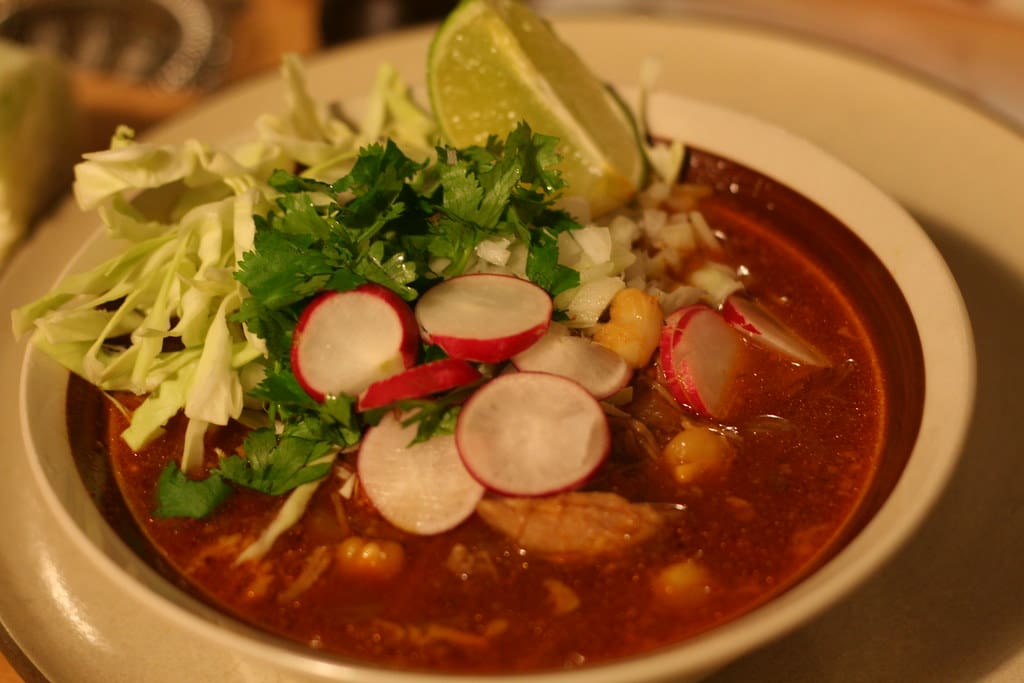
While Menudo is also a popular Mexican soup, Pozole differs in that it uses pork and chicken rather than tripe. This traditional soup or stew is made with hominy (dried maize kernels), onion, garlic, radishes, and chili peppers and is garnished with shredded lettuce or cabbage, avocado, and limes. There are three variations: blanco (white), verde (green), and rojo (red).
3. Greece: Moussaka
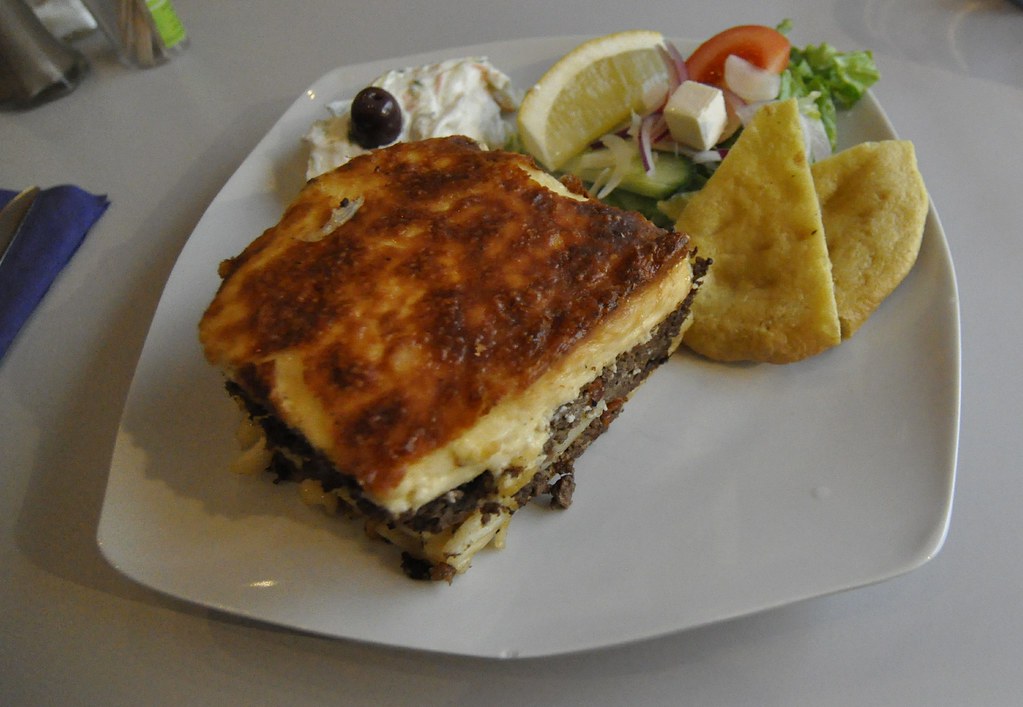
Moussaka is a layered, baked casserole, typically made with eggplant or potato, and including minced or ground beef in a tomato sauce and topped with béchamel sauce. It’s sometimes referred to as Greek beef and eggplant lasagna. The modern Greek variant was created in the 1920s. It’s also common in the Balkans and the Middle East.
Read More: 10 Ways to Cook with Leftover Wine
2. Thailand: Tom Yum Soup
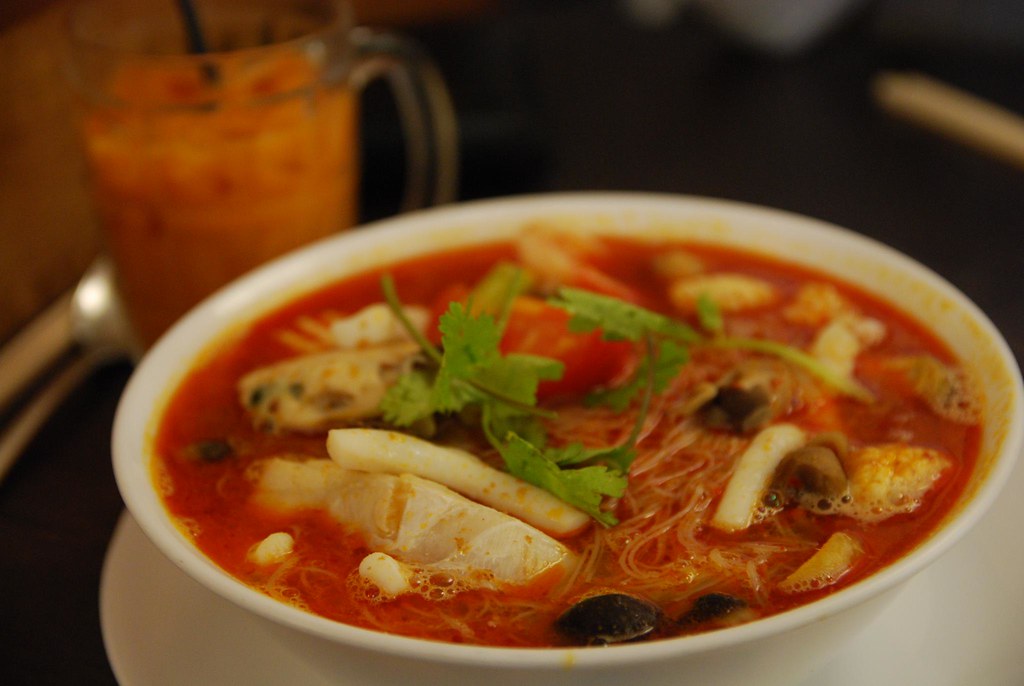
Tom Yum Soup belongs to a family of strong, hot, and sour Thai soups. The broth is typically infused with three main flavors: Lemongrass, galangal, and makrut (kaffir) lime leaves. It also includes lime juice, fish sauce, and chili peppers. It’s typically made with shrimp or chicken. This hot soup will help you beat the winter chill.
Read More: 10 Things You Should Be Buying at Aldi
1. Brazil: Feijoada
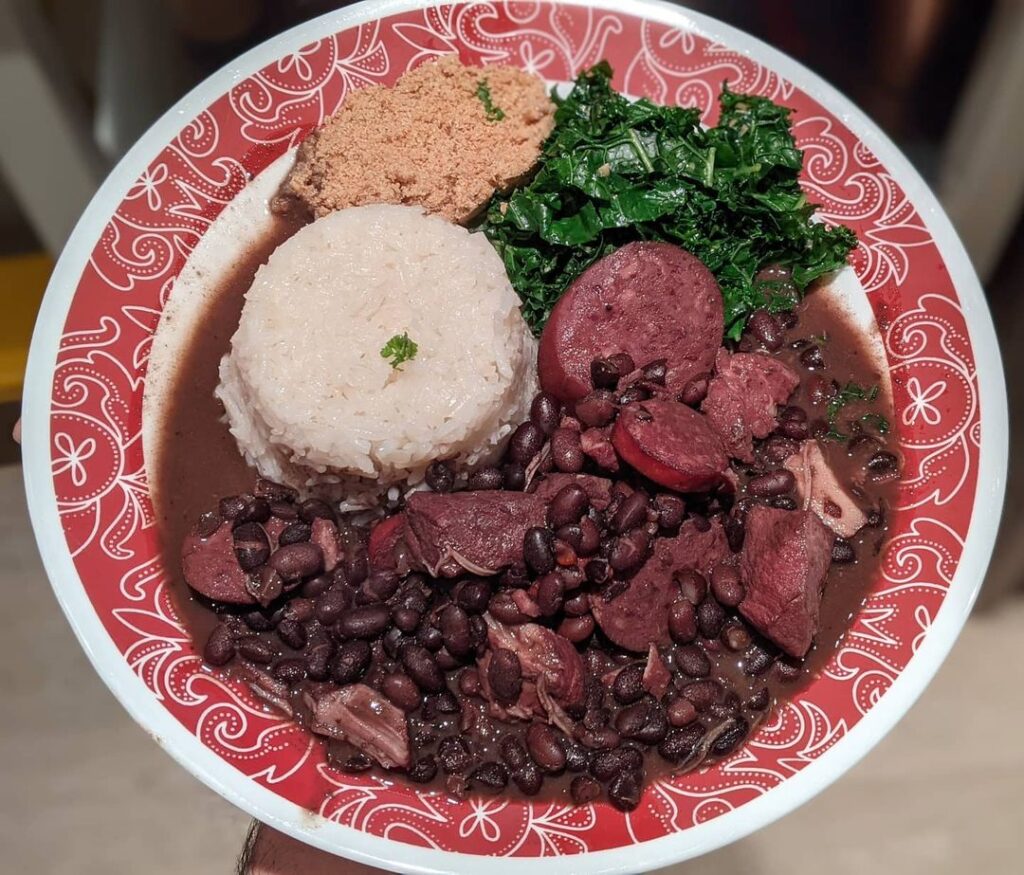
Feijoada is a hearty, slow-cooked black bean stew made with salted pork, sausages, and beef. It’s traditionally served with rice, collard greens, orange slices, and farofa (toasted manioc flour). Feijoada is a popular winter dish that is both flavorful and satisfying while reflecting the rich culinary heritage of Brazil and the Portuguese-speaking world.
Read More: The Most Iconic Food From Every State







